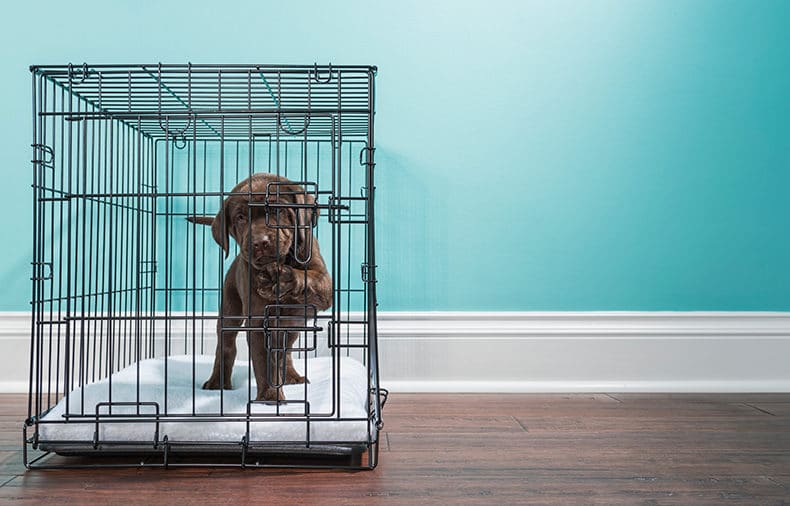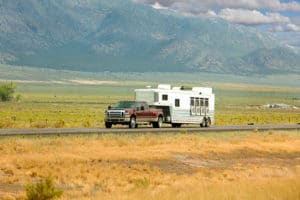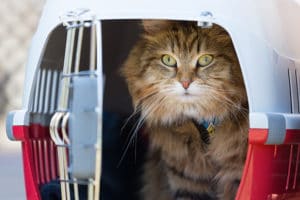Whether you choose road or air transportation for your pet, a kennel is essential. Keeping your pet in a locked kennel keeps them safe during travel. It also allows airline employees or your professional pet transportation service to safely handle and move your pet. Finally, if you properly crate-train your pet, it keeps your pet happy and feeling safe inside his or her own den.
Pet kennel size
Pet kennels should be large enough that your pet can sit, stand, lie down, and turn around comfortably. Sometimes, two cats can share the same kennel, if it is large enough. If your pet is pug-nosed, purchase a size up. The extra space will help your pet breathe.
Pet crate materials
Pet crates should be made out of a sturdy, rigid material. Most airlines require that your pet’s kennel is wood, plastic, or metal. Soft top kennels may be allowed for carrying your pet on board or during car travel, but are not appropriate for shipping your pet as cargo. Make sure the bolts on your pet’s kennel are sturdy, and carry extra bolts in case there are any breaks.
Pet carrier features
Your pet carrier should:
- Be wheel-less or have removable wheels
- Have handles that allow you to handle the crate without touching your animal
- Have a secure latch on the door, but not a lock
Preparing pet carriers
Once you choose an appropriate pet carrier, you need to prepare it properly for travel. This will keep your animal safe in the car or in the air. Make sure to:
- Label your kennel appropriately. Attach “LIVE ANIMAL” tags, “THIS SIDE UP” arrows, and your contact information to the kennel.
- Attach a current picture of your pet, with their name, and handling instructions to the kennel.
- Add something eye-catching and reflective to the kennel, if you are shipping your pet as air cargo. This way, you will be able to quickly identify your pet as they are loaded and unloaded.
- Pad the bottom of the kennel with bedding, either paper or cloth.
- Fix two dishes, one for food and one for water, to the door of the kennel. Make sure airline employees or your pet transporter can access the dishes without opening the door.
- Tie a bag of dry food and feeding instructions to the door, along with a bottle of water.




